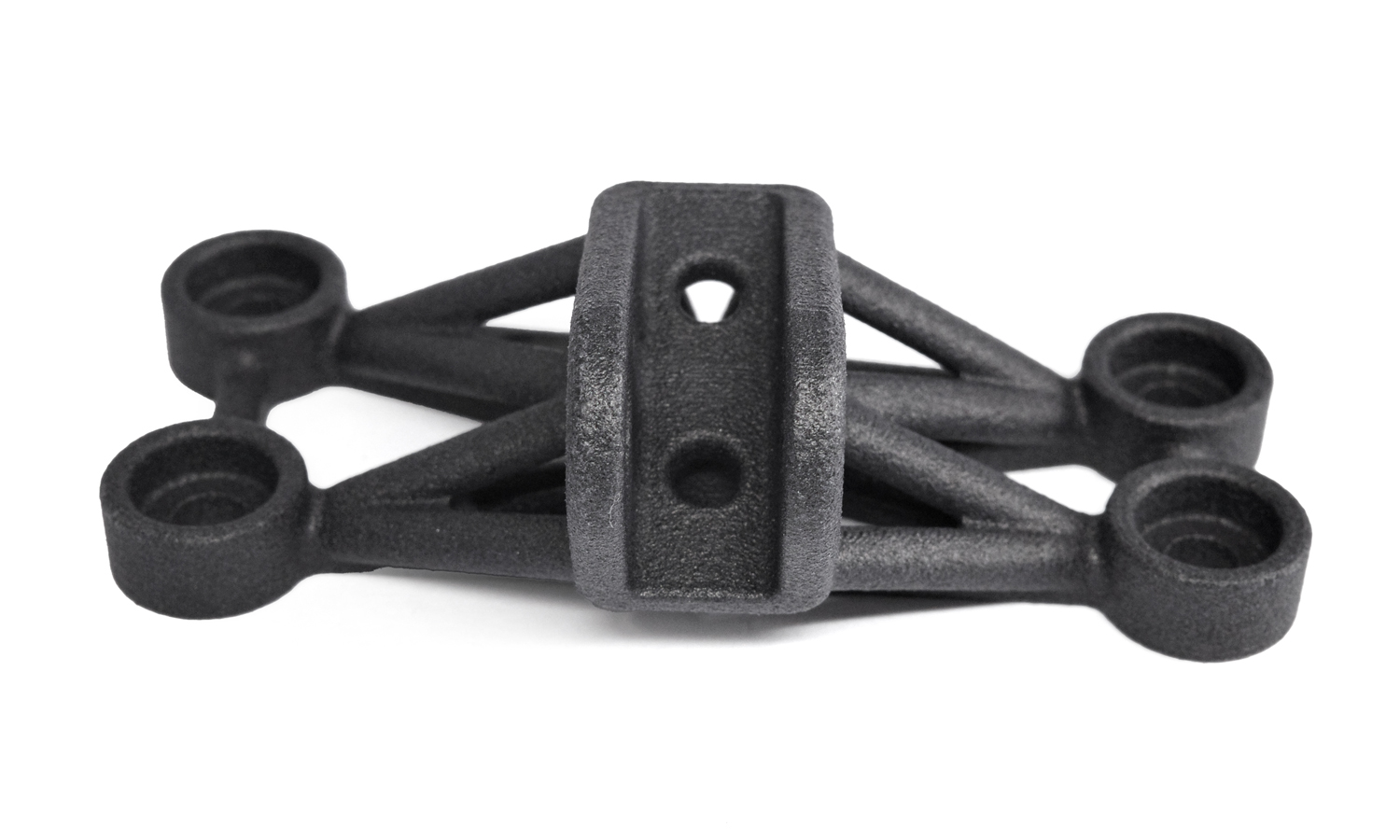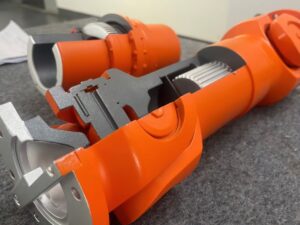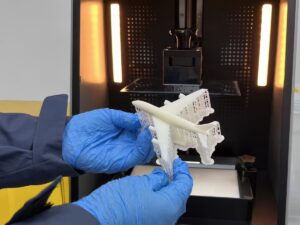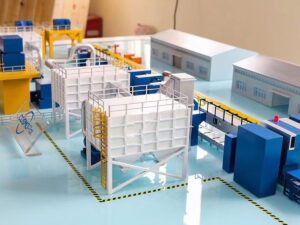Gallery
About Project
If you are looking for a durable, versatile, and cost-effective material for your 3D printing projects, you might want to consider Polypropylene (PP). PP is one of the most widely used thermoplastics in the world, and it has many advantages for 3D printing applications.
PP is a semi-crystalline polymer that has excellent chemical resistance, low moisture absorption, and weldability. It can withstand high temperatures and pressures, and it has good impact strength and fatigue resistance. PP is also recyclable and biocompatible, making it an environmentally friendly and safe material.
One of the best ways to 3D print PP is using Multi Jet Fusion (MJF) technology. MJF is a powder-based 3D printing process that uses a thermal inkjet array to selectively fuse layers of PP powder with a fusing agent. MJF can produce high-resolution, fully dense, and nearly isotropic parts with complex geometries and fine details. MJF also offers a fast and efficient production process, with low material waste and high repeatability.
If you are interested in MJF 3D Print PP Engineering Structural Component Dyed Black, you might want to check out FacFoxŌĆÖs 3D printing services. FacFox is an online platform that offers a wide range of 3D printing technologies and materials, including MJF PP. FacFox can help you turn your digital models into high-quality physical parts with fast turnaround time and competitive prices. FacFox also provides various post-processing options for your parts, such as dyeing, polishing, painting, coating, and more.
Solution
- Step 1: A 3D model file of the desired part was uploaded to FacFoxŌĆÖs website and an instant quote was obtained.
- Step 2: The material, color, finish, quantity, and delivery method were selected and the order was placed.
- Step 3: The 3D model file was sliced into thin layers and sent to a MJF 3D printer.
- Step 4: A layer of PP powder was spread evenly on a build platform by a recoater.
- Step 5: A thermal inkjet array sprayed a fusing agent on the areas of the powder layer that corresponded to the cross-section of the part.
- Step 6: An infrared lamp passed over the powder layer and heated it to near melting point. The fusing agent absorbed more heat than the surrounding powder and fused the particles together.
- Step 7: The build platform was lowered by one layer thickness and a new layer of powder was spread on top of the previous one.
- Step 8: The process was repeated until the part was completed.
- Step 9: The part was removed from the powder bed and cleaned of any excess powder. The unused powder was recycled for future use.
- Step 10: The part was dyed black using a hot water bath with a black dye solution. The dye penetrated the surface of the part and gave it a uniform color.
- Step 11: The part was dried and inspected for quality and accuracy. It was packaged securely and shipped to the address provided by the customer.









